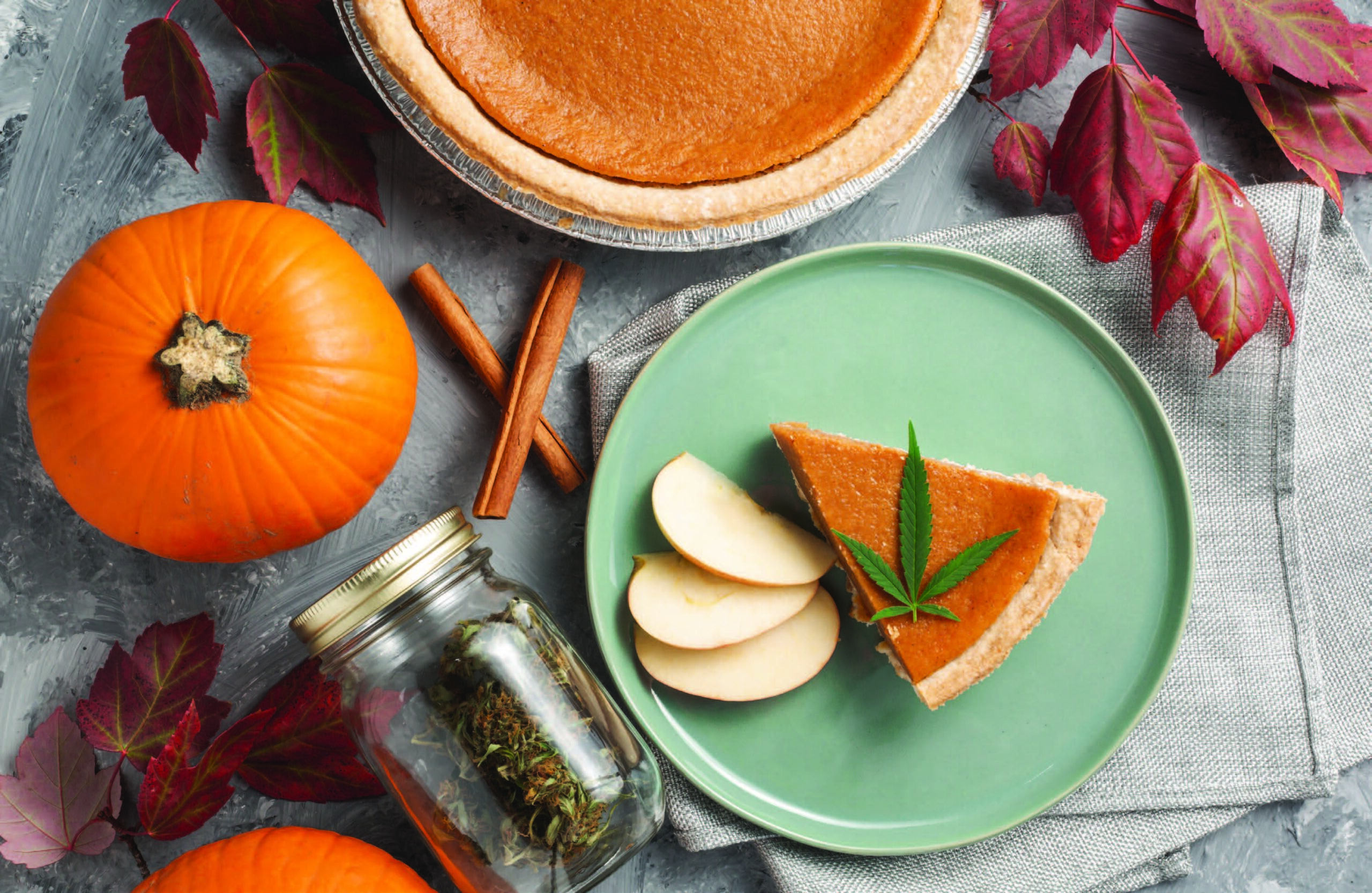Don your black ties or dresses (or pantsuits or whatever) and let Alan Cuenca, owner of Put A Cork In It, tell you a bit about bubbly.
Let’s talk about Champagne. Do you mean Champagne or sparkling wine?
There’s a difference?Champagne is sparkling wine, but not all sparkling wines are Champagne.
OK …Champagne is a region in France where they are making the world’s greatest sparkling wines, largely in part due to weather and soil. Champagne sits on a thousand-foot layer of chalk – essentially limestone – and that creates wines of incredible finesse, acidity, and minerality. That’s not to say that there aren’t outstanding sparkling wines from around the world. In terms of quality, hands down Champagne is number one, but you’re also paying for it. Champagne starts at about $40 and goes to the ceiling. You can get great Californian sparkling wines in the $20 to $70 range, great Prosecco and Cava in the $10 to $20 range.
What’s so different about the weather and soil of Champagne that gives it such quality yields?Different soils have different nutrients, as well as lack of nutrients. This sounds a little silly, but imagine chewing on gravel. In some still, white wines from the region, you can literally taste the rocks and soil. It’s interesting because there is always a fruit component to the wine, but when there is a high mineral content, they’re appealing because they’re not super fruity, because there’s some complexity there. Some people find it interesting and pleasurable, while others find it austere and offensive. Everyone’s palette is different. We like what we like, and there is nothing wrong with what anyone likes.
Is there an affordable true Champagne?My starting point is $50. There’re some decent true Champagnes at $30 to $40 and they’re good, but if you want true champagne, go the extra little bit to get something that’s really amazing. At that price point, we look to Grower Champagnes, which are small producers that are growing their own grapes and fermenting and bottling their own Champagnes. This is opposed to the industrialized Champagne makers who are just buying anything they can from the region, and there’s very little quality control. As the saying goes, “Wine is made in the vineyard, not in the winery.” When you buy from Grower Champagnes, you’re working directly with the people who grew the grapes, and ultimately getting better quality. My desert island wine is Champagne. If I could only drink one wine for the rest of my life, it’d be true Champagne. Hands down. It’s the most elegant, fresh, refreshing, long-finish wine in the world, in my opinion.
How do the bubbles get in?Wine gets fermented into a still white wine. From there, a little bit of sugar and yeast is added into the bottle and then put a temporary cap on it. What happens is when yeast eats sugar, it creates two things: alcohol content and carbon dioxide. So, if that carbon dioxide can’t escape, then the CO2 will stay in the wine, hence the bubbles. When the temporary cap is removed, the lees are pulled out – essentially the dead yeast cells – and at that point, they’ll add Liqueur de Torrage, which is a little bit of wine with a little bit of sugar in it, which gives the wine its final level of sweetness. An extra brut Champagne has no sugar added, so it’s bone bone dry. Most Champagnes are brats, so they’re dry, but there’s a little bit of sweetness to soften the acidity. An extra brut is puckeringly bone dry.
When people come in asking for Champagne, do you immediately correct them?No. I’ll just ask for more clarification while simultaneously giving a sliver of information. My shop and my schtick is education. Ideally, I want people to walk out with just a little bit more information than they walked in with. If someone comes in and says, “I need a cheap Champagne for mimosas!” Well, clearly, they don’t want true Champagne for mimosas because first of all, it’d be a sin to adulterate true Champagne with orange juice. [laughs] Secondly, it’d be too expensive. For mimosas, I always recommend a Cava. They’re bone dry, clean, crisp, refreshing, and, because the Spanish wine industry is subsidized by the EU, they’re incredible values.
How about an affordable sparkling wine for the New Year’s party?The venue always dictates what wine is appropriate. If it’s a big party, don’t bring something really expensive. It’ll just get lost in translation. The bigger the party, the less expensive the wine. The more intimate the party, the more justified the expense. Then the wine becomes part of the evening. It’s going to be discussed, and will get its proper due.
Cyle Talley wishes you and yours the very best in 2017. May we all be grateful, gracious, and good to one another- especially when we don’t feel like it. If there’s something you’d like to GET SMART about, email him at: [email protected]













